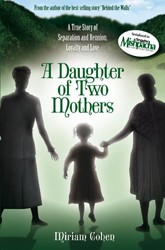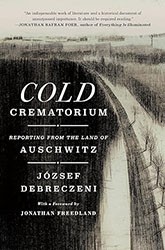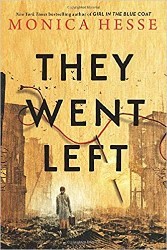Originally published in Hungary in 2003, Ferenc Andai’s memoir of his experience as a young man forced to labor in a Nazi-held copper mine in Bor, Serbia is an addition to the genre of Holocaust survivor literature in the vein of Primo Levi.
In a ruthless last-ditch effort to keep their war machine running, the Nazis deported thousands of Hungarians to lay railroad tracks to transport the copper ore at Bor — despite the imminent approach of the Russian armies and the looming resistance of Yugoslav partisans, led by Tito. Andai was only nineteen when his cultured existence in Budapest turned upside down and he was forced into this concentration-camp-like ordeal. He labored at Bor between May and October of 1944.
Like Levi, Andai registers a profound empathy for the fate and souls of his fellow laborers who are tortured and murdered by Nazi overseers. The power of In the Hour of Fate and Danger resides in Andai’s often lyrical, deeply moving narrative of his encounter with the forces of darkness and his ultimate return to light — to civilization — through the healing powers of memory and the work of the great Hungarian poet Miklós Radnóti, who is quoted throughout the memoir. Recalling Levi, Andai witnesses the hellish physical and psychological world of the Bor camp as an unimaginable, unhuman landscape: “We are still alive,” he reflects, “but we haven’t had a name for a long time — we are only numbers.” Indeed, Andai’s vision of “tattered inmates with lead-grey, blood-caked faces and festering wounds” vividly captures the evacuation of humanity in the camps. Reduced to nothing, Andai writes, “I sense what a nonentity I have become amid the collective insanity. Now I know that I am a noxious pest.” At his lowest, Andai transcribes the emotional and spiritual condition of his fellow inmates: “We are the living dead, reposing in a world of shadows.”
The most powerful sections of In the Hour of Fate and Danger recount the harrowing death march that Andai undergoes — a journey that will ultimately end in return, but to an occupied Hungary and the brutal antisemitism of the nativist Iron Guard. Andai continues to feel “defenseless and lost. I’ve become part of some helpless mass. I’ve been deprived of my human identity, but also of my culture and my country.” In the end, Andai finds his way back to Budapest, but he remains, like many after the War, “in transit” between nations and identities. He is one among the many “scattered lives,” to quote a chapter title of the memoir.
In a moving afterword, Andai’s daughter Diana tells us that her father and mother ultimately left Hungary in 1957, after the Hungarian Revolution. Her father eventually became a beloved history teacher in a small town in Canada, inspiring thousands of his students with his own story, which is, at some level, the story of the twentieth century. His daughter also tells us that her father returned to Budapest every year to reconnect with his past. “Even through darkness and terror,” Diana Andai reflects about her father, “life continues and lessons are learned.” In the Hour of Fate and Danger offers yet another example of how life can continue despite the haunting darkness of the Holocaust through the power of memory.
Donald Weber writes about Jewish American literature and popular culture. He divides his time between Brooklyn and Mohegan Lake, NY.




